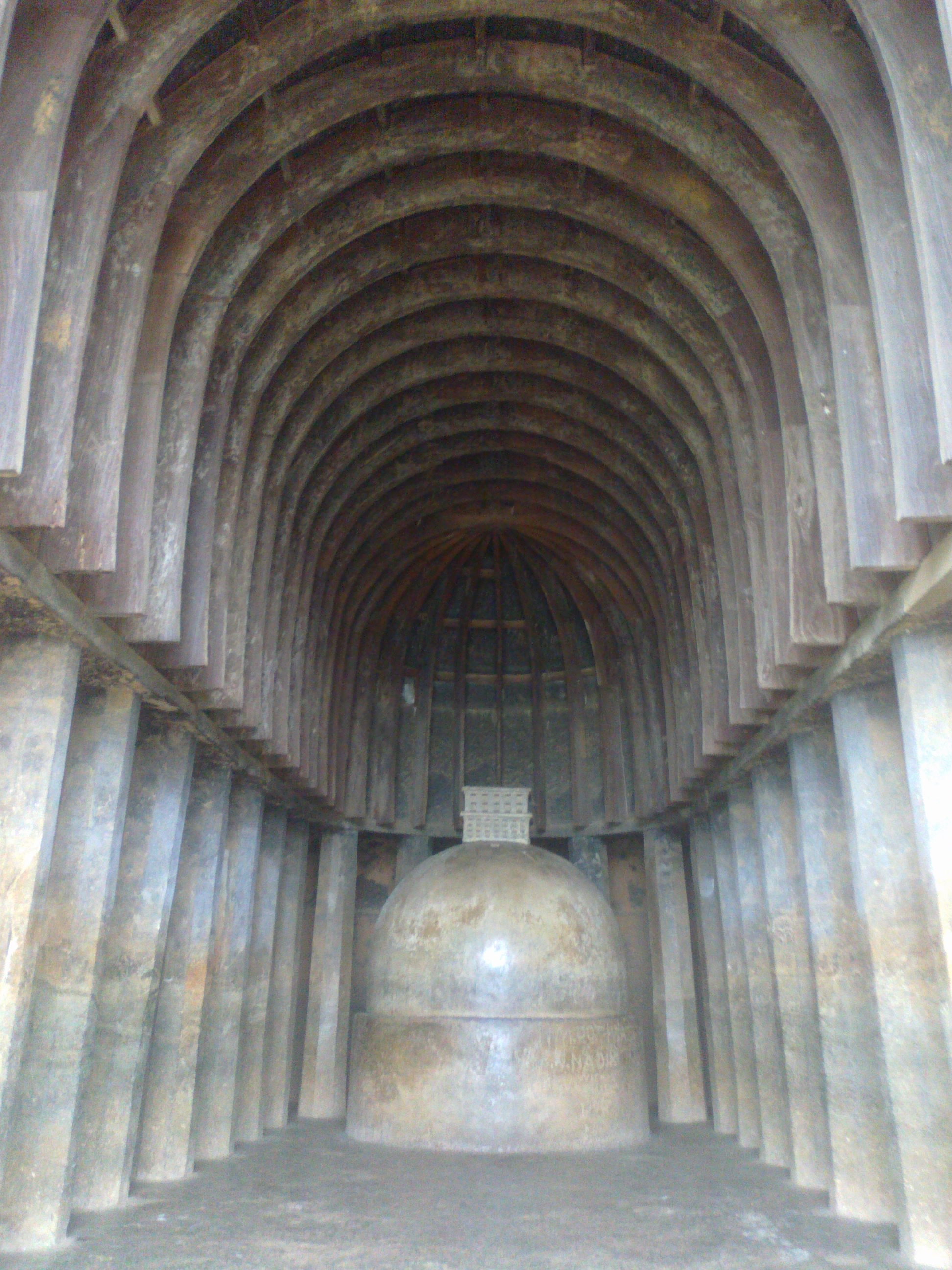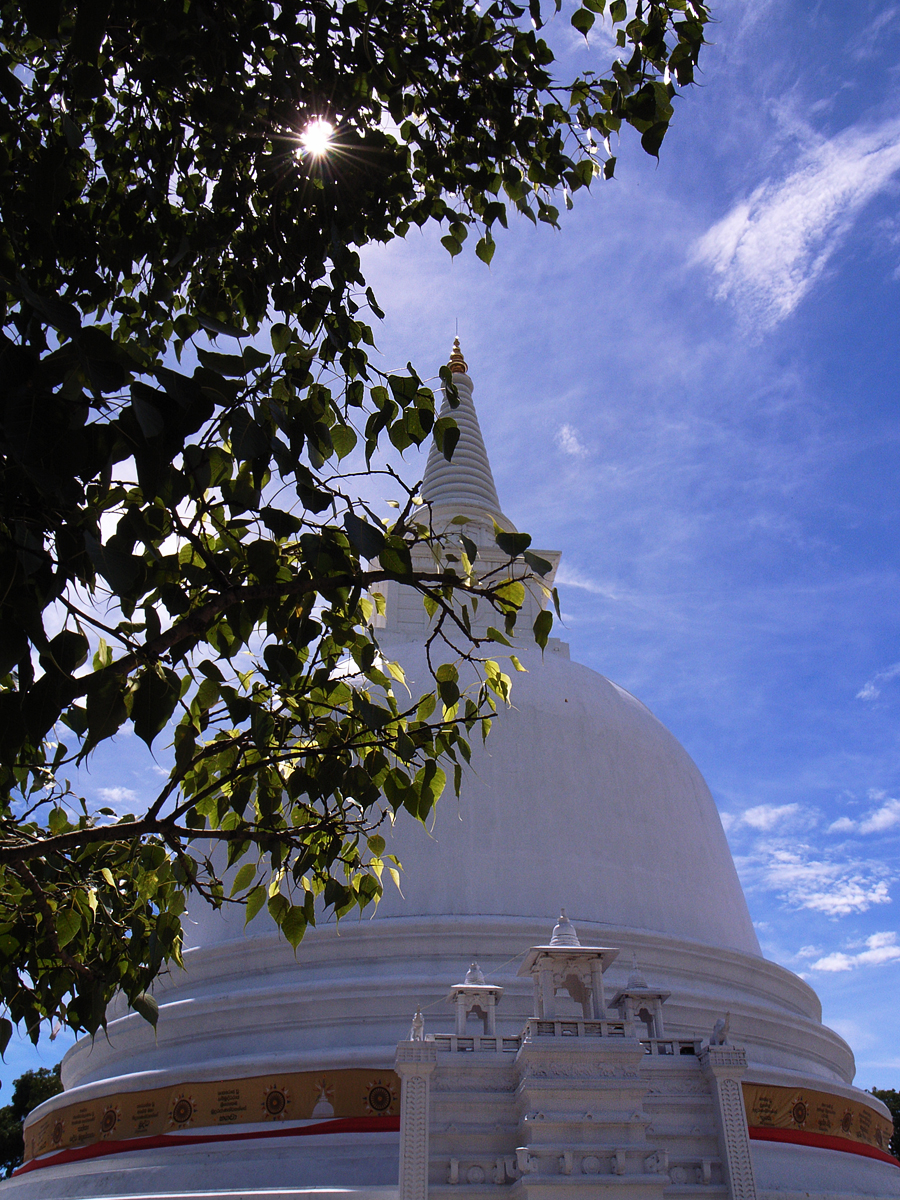|
Sela Cetiya
Sela Chaitya, Cetiya is one of the 16 main places of worship or Solosmasthana and is situated to the west of Jetavanaramaya in the ancient sacred city of Anuradhapura, Sri Lanka. This was constructed by King Lajjitissa who ruled in the 1st century BC. The diameter of the base of the stupa is 37 ½ feet. This stupa has been given this name as the platform and stupa has been constructed in stone. A Sandakada pahana, moonstone and Muragala, guardstones can be seen here. External links * ''This page incorporates content from Dr. Rohan Hettiarachchi' used with permission of website owner.'' Buddhist temples in Anuradhapura Stupas in Anuradhapura {{SriLanka-struct-stub ... [...More Info...] [...Related Items...] OR: [Wikipedia] [Google] [Baidu] |
Chaitya
A chaitya, chaitya hall, chaitya-griha, (Sanskrit:''Caitya''; Pāli: ''Cetiya'') refers to a shrine, sanctuary, temple or prayer hall in Indian religions. The term is most common in Buddhism, where it refers to a space with a stupa and a rounded apse at the end opposite the entrance, and a high roof with a rounded profile. Strictly speaking, the chaitya is the stupa itself, and the Indian buildings are chaitya halls, but this distinction is often not observed. Outside India, the term is used by Buddhists for local styles of small stupa-like monuments in Nepal, Cambodia, Indonesia and elsewhere. In Thailand a stupa, not a stupa hall, is called a chedi. In the historical texts of Jainism and Hinduism, including those relating to architecture, ''chaitya'' refers to a temple, sanctuary or any sacred monument. Most early examples of chaitya that survive are Indian rock-cut architecture. Scholars agree that the standard form follows a tradition of free-standing halls made of wood and o ... [...More Info...] [...Related Items...] OR: [Wikipedia] [Google] [Baidu] |
Solosmasthana
'Solosmasthana' are 16 sacred places in Sri Lanka, believed by Buddhists to have been hallowed by visits of Gautama Buddha. These places of worship are among the most important religious locations in Sri Lanka, and are located throughout the country. Ancient Buddhist and historical sources of Sri Lanka assert that the Buddha visited the country on three occasions. These three visits are given in some detail in the ancient chronicle Mahavamsa, which describes his journeys to eleven of the Solosmasthana. Other sources such as the Pujavaliya, Samantapasadika and Butsarana also mention these visits. History The first visit was made to Mahiyangana in the ninth month after the Buddha attained enlightenment. The Mahavamsa says that he conquered the yakshas there and sent them to an island named Giri, thereby setting the background for the establishment of Buddhism in the country later on, where the Buddha knew that the Dhamma would prevail "in all its glory". The Buddha's second visi ... [...More Info...] [...Related Items...] OR: [Wikipedia] [Google] [Baidu] |
Anuradhapura
Anuradhapura ( si, අනුරාධපුරය, translit=Anurādhapuraya; ta, அனுராதபுரம், translit=Aṉurātapuram) is a major city located in north central plain of Sri Lanka. It is the capital city of North Central Province, Sri Lanka and the capital of Anuradhapura District. The city lies north of the current capital of Colombo in the North Central Province, on the banks of the historic Malvathu River. The city is now a World Heritage Site famous for its well-preserved ruins of the ancient Sinhalese civilization. While Mahavamsa place the founding of the city in 437 BCE, the site has been inhabited for much longer, making it a major human settlement on the island for almost three millennia and one of the oldest continuously occupied cities in Asia. It is the cradle of the Hydraulic Sinhalese civilization, Theravada Buddhism, and the longest-serving ancient capital of Sri Lanka that has survived for 1500 years. Moreover, It was the first capit ... [...More Info...] [...Related Items...] OR: [Wikipedia] [Google] [Baidu] |
Sri Lanka
Sri Lanka (, ; si, ශ්රී ලංකා, Śrī Laṅkā, translit-std=ISO (); ta, இலங்கை, Ilaṅkai, translit-std=ISO ()), formerly known as Ceylon and officially the Democratic Socialist Republic of Sri Lanka, is an island country in South Asia. It lies in the Indian Ocean, southwest of the Bay of Bengal, and southeast of the Arabian Sea; it is separated from the Indian subcontinent by the Gulf of Mannar and the Palk Strait. Sri Lanka shares a maritime border with India and Maldives. Sri Jayawardenepura Kotte is its legislative capital, and Colombo is its largest city and financial centre. Sri Lanka has a population of around 22 million (2020) and is a multinational state, home to diverse cultures, languages, and ethnicities. The Sinhalese are the majority of the nation's population. The Tamils, who are a large minority group, have also played an influential role in the island's history. Other long established groups include the Moors, the Burghers ... [...More Info...] [...Related Items...] OR: [Wikipedia] [Google] [Baidu] |
Muragala
Muragala or muru gal, also known as a guardstone, are a unique feature of the Sinhalese architecture of ancient Sri Lanka. The muragala is a set of twin oblong slabs of stone, with a rounded top, located at the foot of the flight of steps, leading to a place of worship, situated on a higher elevation. The evolution of the muragala is closely linked to the evolution of the Sandakada pahana (or moonstone). Charles Godakumbura, the Commissioner of Archaeology in Ceylon from 1956 to 1967, described the evolution of the muragala from its origins as a painted wooden plank or a stone terminal slab, serving as a stop wedge at the lower end of a slanting rail or balustrade (korawakgala) through to its final form as an elaborate carved stone. He distinguished five phases in its evolution: *firstly, pieces of valuable wood; *secondly, plain stone slabs; *thirdly, stones with an incised pūrṇaghaṭa (vessels of abundance) motif, subsequently rendered in low or high relief; *fourthly, st ... [...More Info...] [...Related Items...] OR: [Wikipedia] [Google] [Baidu] |
Buddhist Temples In Anuradhapura
Buddhism ( , ), also known as Buddha Dharma and Dharmavinaya (), is an Indian religion or philosophical tradition based on teachings attributed to the Buddha. It originated in northern India as a -movement in the 5th century BCE, and gradually spread throughout much of Asia via the Silk Road. It is the world's fourth-largest religion, with over 520 million followers (Buddhists) who comprise seven percent of the global population. The Buddha taught the Middle Way, a path of spiritual development that avoids both extreme asceticism and hedonism. It aims at liberation from clinging and craving to things which are impermanent (), incapable of satisfying ('), and without a lasting essence (), ending the cycle of death and rebirth (). A summary of this path is expressed in the Noble Eightfold Path, a training of the mind with observance of Buddhist ethics and meditation. Other widely observed practices include: monasticism; "taking refuge" in the Buddha, the , and the ; and ... [...More Info...] [...Related Items...] OR: [Wikipedia] [Google] [Baidu] |




